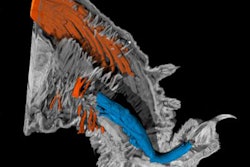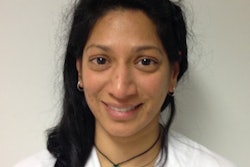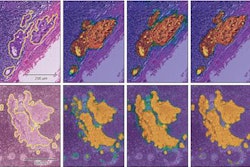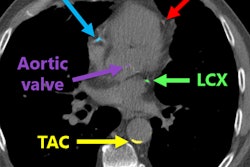Dear AuntMinnieEurope Member,
A deadly, slimy, underworld predator that's barely changed in 400 million years -- that's how the Smithsonian Channel has described velvet worms.
German scientists have used CT to study these captivating creatures, and their images are quite stunning. To see them and to learn about the researchers' methods, go to the CT Community, or click here.
Norwegian radiology has had its admirers for many years, so many are probably watching major changes the country has made to its training and education system. It's early days yet, but some observers have voiced their concerns. Dr. Anagha Parkar sheds light on the situation in her latest column.
Artificial intelligence (AI) was the hot topic at RSNA 2017, and Europeans were among those keen to demonstrate the impressive potential of the technology. For example, a team from the University Medical Center Utrecht in the Netherlands reported that an AI algorithm can automatically quantify coronary and other arterial calcification from routine chest CT studies. Go to the Imaging Informatics Community, or click here.
Structured reporting has been slow to take off in Europe, but it is gradually gaining ground and winning support. Dr. Daniel Pinto dos Santos shared his considerable experience of this field at the recent European Society of Medical Imaging Informatics meeting in Rotterdam, the Netherlands. Click here for the full story.
Last but definitely not least, the European Union (EU) has published a new position statement focusing on lung cancer screening with low-dose CT and also the early detection of lung nodules before clinical workup. Experts have urged the EU to implement screening within the next 18 months. To learn more, click here.



















